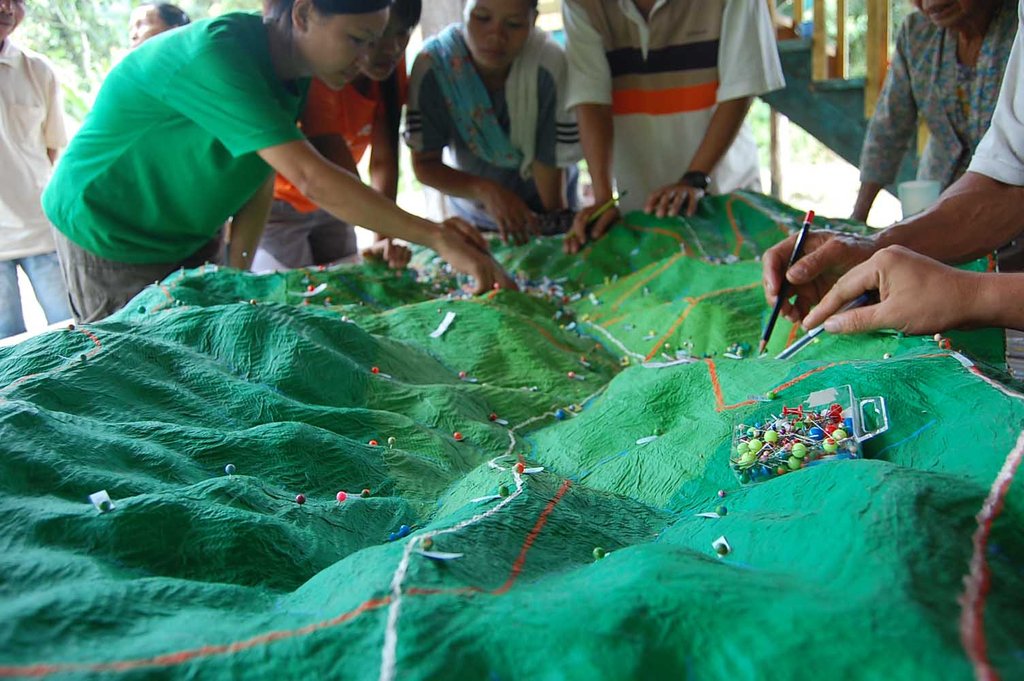By Marina Aman Sham | Communications Director, GDF
In our last update, we reported on the continued collaboration among the community of Buayan and several external groups. Their passion and commitment for Ulu Papar, we are happy to report, have not waned. In this report, we bring you up to speed on developments with three different partners.
Intense planning is now underway for an upcoming visit by Japanese students from Gakushuin University to Buayan later this year. This visit will be the third of its kind under the university’s Dissolva Borneo Project. As in two earlier visits, strong focus is being placed on learning about and experiencing the local, indigenous culture, while lending a helping hand in task-specific projects.
In March this year, two Buayan community researchers were invited under the Gakushuin International Culture and Community Exchange Programme to visit Japan, alongside a representative from Universiti Malaysia Sabah. This visit successfully opened a direct channel of communications for the young people involved. They exchanged fruitful ideas, including the establishment of a ‘youth committee’ to plan for future exchanges. Following discussions with Arkitrek, the organization coordinating construction of the Bio-cultural Heritage Centre, a programme is now in place for the Japanese student group visit in August. They will participate in putting some final touches on the Centre.
Arkitrek continues in the realm of the construction of the Centre in Buayan (see their post on Ulu Papar Sustainable Livelihoods Programme). In addition, due to their involvement with other communities throughout Sabah, they have now opened up a new opportunity for engagement. Given their training in participatory research techniques, three community researchers from Buayan have been invited by Arkitrek to share their knowledge and experience on community-based mapping with an island community in Sabah. For the Buayan community (part of the larger area called Ulu Papar), learning this technique has resulted in the creation of 3D maps highlighting important traditional, customary and sacred landmarks in their area, and has been used as a tool in advocating for the protection of lands in Ulu Papar. The opportunity to share this knowledge with other indigenous communities is a step towards strengthening the voices of communities in Sabah; we hope to share this with you in future updates.
To end, we would like to thank our GlobalGiving supporters, who provide the much-needed funds to carry out activities on the ground, and all the organisations who continue to support the Ulu Papar community through ongoing engagement and encouragement.
Photo captions:
The 3D Model of Ulu Papar: The building of the Ulu Papar 3D model a few years ago, features sacred sites among other localities.
Community sharing on participatory mapping: A community researcher from Buayan introduces the concept of Participatory 3D Mapping to the Bundu Tuhan community; an earlier experience of ‘sharing’ knowledge and skills in participatory research methods with other communities.
Links:
By Marina Aman Sham | Communications Director, GDF
By Marina Aman Sham | Communications Director, GDF
Project reports on GlobalGiving are posted directly to globalgiving.org by Project Leaders as they are completed, generally every 3-4 months. To protect the integrity of these documents, GlobalGiving does not alter them; therefore you may find some language or formatting issues.
If you donate to this project or have donated to this project, you can receive an email when this project posts a report. You can also subscribe for reports without donating.
